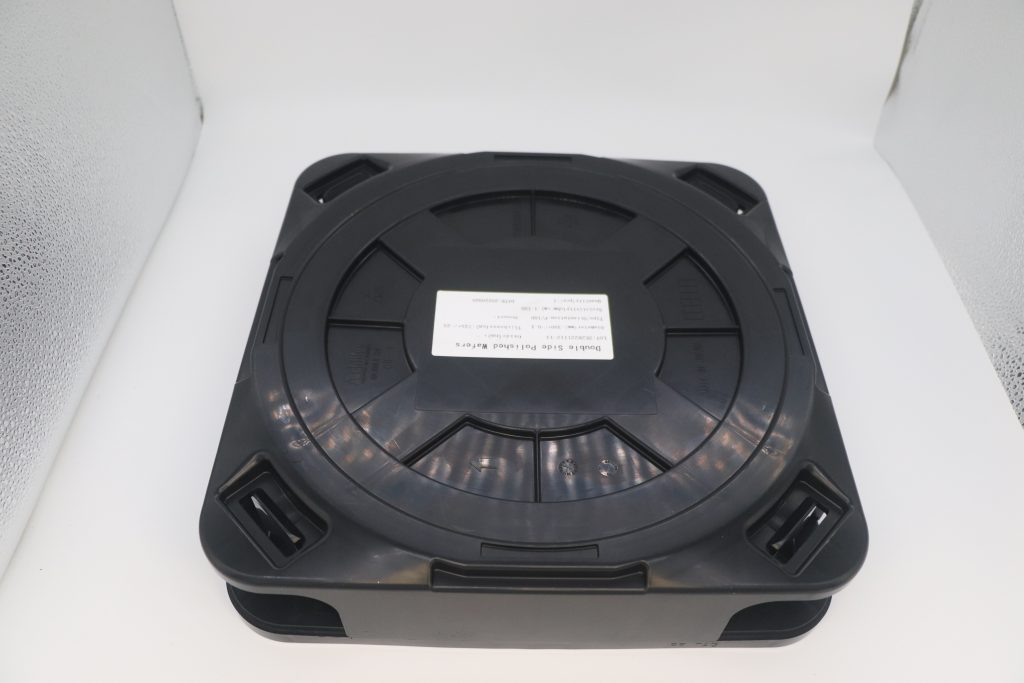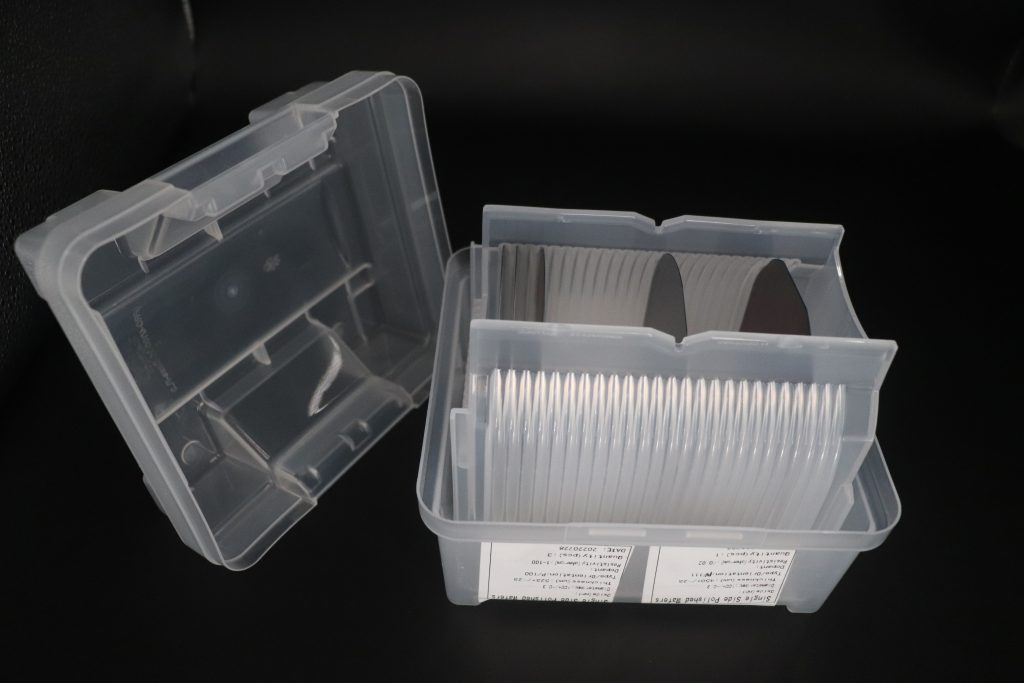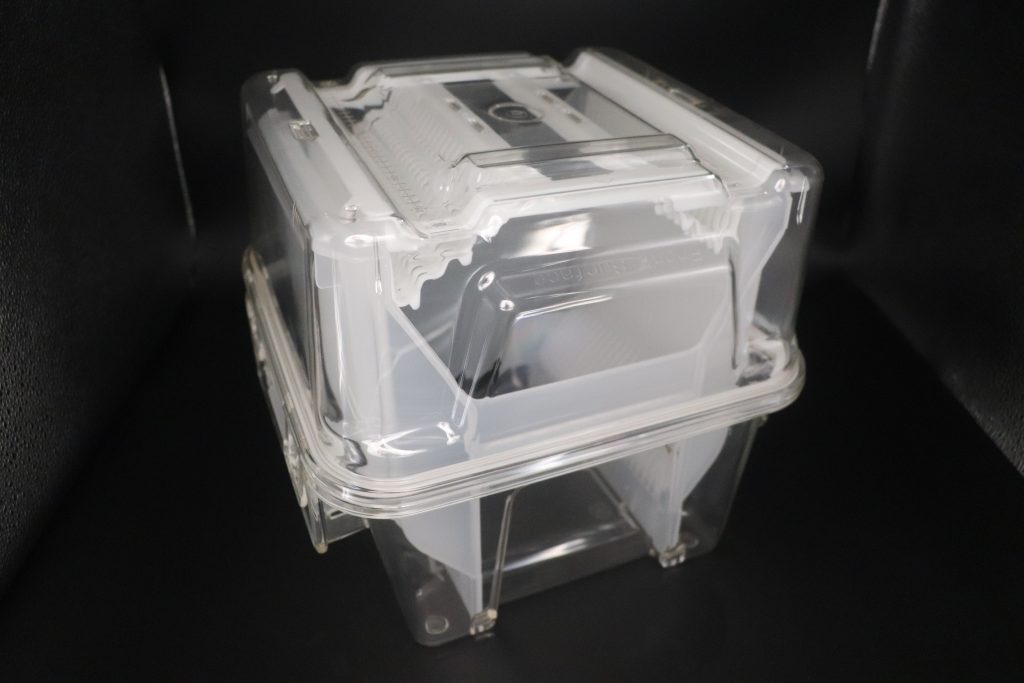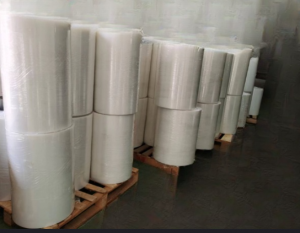Contact Your NewwaySMTC Representative Now! DuncanLi@newwaysmart.com
Mainland China expected to become the second largest market for semiconductor wafer industry after 2022

Upstream companies in the semiconductor wafer industry chain provide midstream manufacturers with all the raw materials, equipment and circuit design needed for production, midstream companies are responsible for the processing and manufacturing of semiconductor wafers and packaging and testing, and the downstream involves the final application of the product.
What is a semiconductor wafer?
A wafer is a silicon wafer used to make silicon semiconductor integrated circuits, the raw material for which is silicon. High-purity polysilicon is dissolved and mixed into silicon crystal seeds, which are then slowly pulled out to form a cylindrical single crystal silicon. After grinding, polishing, and slicing, the silicon crystal rods form silicon wafers, or wafers.

At present, domestic wafer production lines are mainly 8-inch and 12-inch. Silicon materials account for about 95% of the entire semiconductor market, other materials are mainly compound semiconductor materials, the second generation of semiconductor materials GaAs wafers and the third generation of semiconductor materials SiC, GaN wafers.
Among them, silicon wafers to logic chips, memory chips, etc., is the most widely used semiconductor wafer materials. GaAs wafers to RF chips, the main application scenario is low-voltage, high frequency; third-generation semiconductor materials to high-power, high-frequency chips, the main application scenario is large frequency, high power.

Wafers continue to large size, now mainly 12-inch
The size of semiconductor wafers (in terms of diameter) are mainly 50mm (2 inches), 75mm (3 inches), 100mm (4 inches), 150mm (6 inches), 200mm (8 inches) and 300mm (12 inches) and other specifications. Under the influence of Moore’s Law, semiconductor wafers are continuously moving toward larger sizes. From the specific wafer size product structure, the global wafer to 12-inch wafers are dominant, according to SEMI data show that in 2018 global wafer shipments, 12-inch wafers accounted for 64%, 8-inch wafers reached 26%. It is worth noting that since 2011, the market share of 8-inch semiconductor silicon wafers has remained between 25-27%.
At present, with the upgrade of DRAM and NAND flash memory and other technologies, the demand for 12-inch wafers has increased sharply. 6-inch and below specifications of wafers are mainly used in the field of general consumer electronic components. 8-inch silicon wafers are mainly used in the field of integrated circuits, chips and industrial electronic components. At present, the global wafer to 12-inch wafers mainly, accounting for more than 60%.
Global wafer industry production and sales is the overall situation remains stable
Affected by the upward trend of the end semiconductor market demand, the semiconductor wafer manufacturing capacity has also increased, and according to IC Insight data, the global wafer capacity in 2018 was 19.45 million wafers/month, and the global wafer capacity is expected to rise to 23.91 million wafers/month by 2022, an increase of 22.93% over 2018, with a compound annual growth rate of 5.3%.
According to IC Insight statistics, in 2018 China wafer capacity of 2.43 million wafers / month (equivalent to 8-inch wafers), mainland China wafer capacity accounted for 12.5% of the global wafer capacity. According to IC Insight’s forecast for future capacity expansion, as semiconductor manufacturing silicon wafer capacity continues to shift to China, in 2022 China’s mainland wafer fab capacity will reach 4.1 million wafers / month, accounting for 17.15% of global capacity. 2018-2022 China’s silicon wafer capacity CAGR of 14%, much higher than the global capacity CAGR of 5.3%.
Global wafer industry expected to rebound after 2022
Global semiconductor wafer shipments hit a record high of 12.732 billion square inches in 2018 and slipped from a high of 11.81 billion square inches in 2019, down 7.2% year-over-year, mainly due to weak memory markets and inventory adjustments. 3.150 billion square inches of global wafer shipments were shipped in the second quarter of 2020, up 6% year-over-year . Although the short-term outlook remains uncertain due to the epidemic and other factors, global wafer shipments still accelerated in the second quarter, and the first half of 2020 was also better than the same period last year.
Silicon wafer prices continue to recover – the Chinese market continues to rise
Capacity expansion in mainland China in recent years has seen its ranking climb, and IC Insights expects it to jump to second globally after 2022, just behind Taiwan, China. By the end of 2019, mainland China will account for 14 percent of global production capacity. In contrast, North America’s capacity share will gradually decline further during the forecast period. IC Insights forecasts that this is mainly due to the region’s large fabless vendors will continue to rely on foundries (mainly in Taiwan, China). In addition, the European region’s capacity share will also shrink further.





